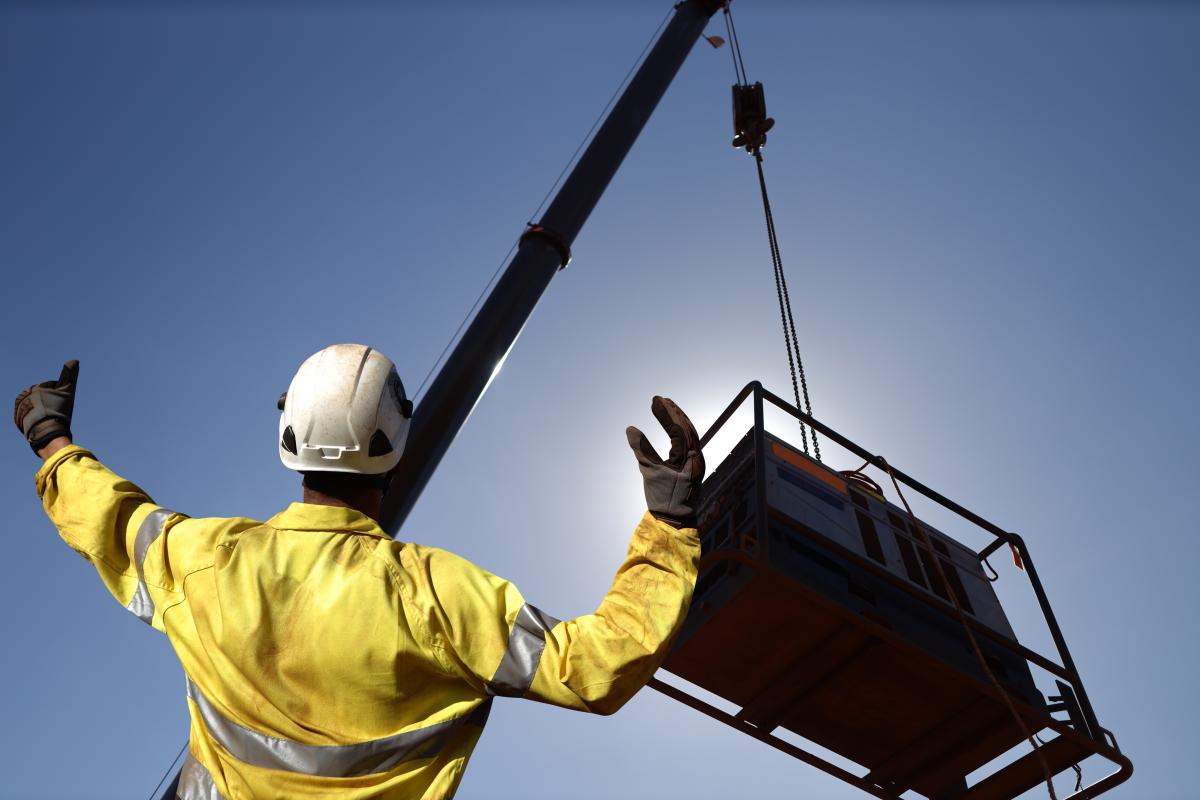Planning Lifting Operations

Following a Risk Assessment, and the preparation of a standard instruction or procedure, the person using the equipment can normally plan routine lifts on an individual basis.
In any event, the person planning the operation shall have adequate practical and theoretical knowledge and experience in planning lifting operations and be competent to perform the task.
The degree of planning will vary depending on the:
- Type of lifting equipment
- The complexity of the lifting operation
- Degree of risk involved.
As a minimum, the plan shall address the risks identified and should identify all resources, procedures, and responsibilities necessary to ensure a safe operation.
All lifting operations shall be:
- Properly planned by a competent person
- Appropriately supervised
- Carried out in a safe manner.
To remain cognizant of this SSOW, it is recommended that the asset management compile a series of generic lifting plans to cover routine lifting duties.
Prior to the commencement of any lifting operation, a pre-job safety meeting shall be carried out in order to assess the suitability of the Lifting Plan and to familiarise personnel involved in the lifting operation with the risks identified.
At this time, minor variations may be necessary to take account of current conditions, e.g. wind speeds; wave height, the position of people deck layout, etc., and these should be documented.
Lifting plans involving cranes should pay particular attention to environmental conditions, tidal conditions, and the crane manufacturer’s operating manual.
The Lifting plan for Offshore and Onshore will be submitted to COMPANY in a separate document.

